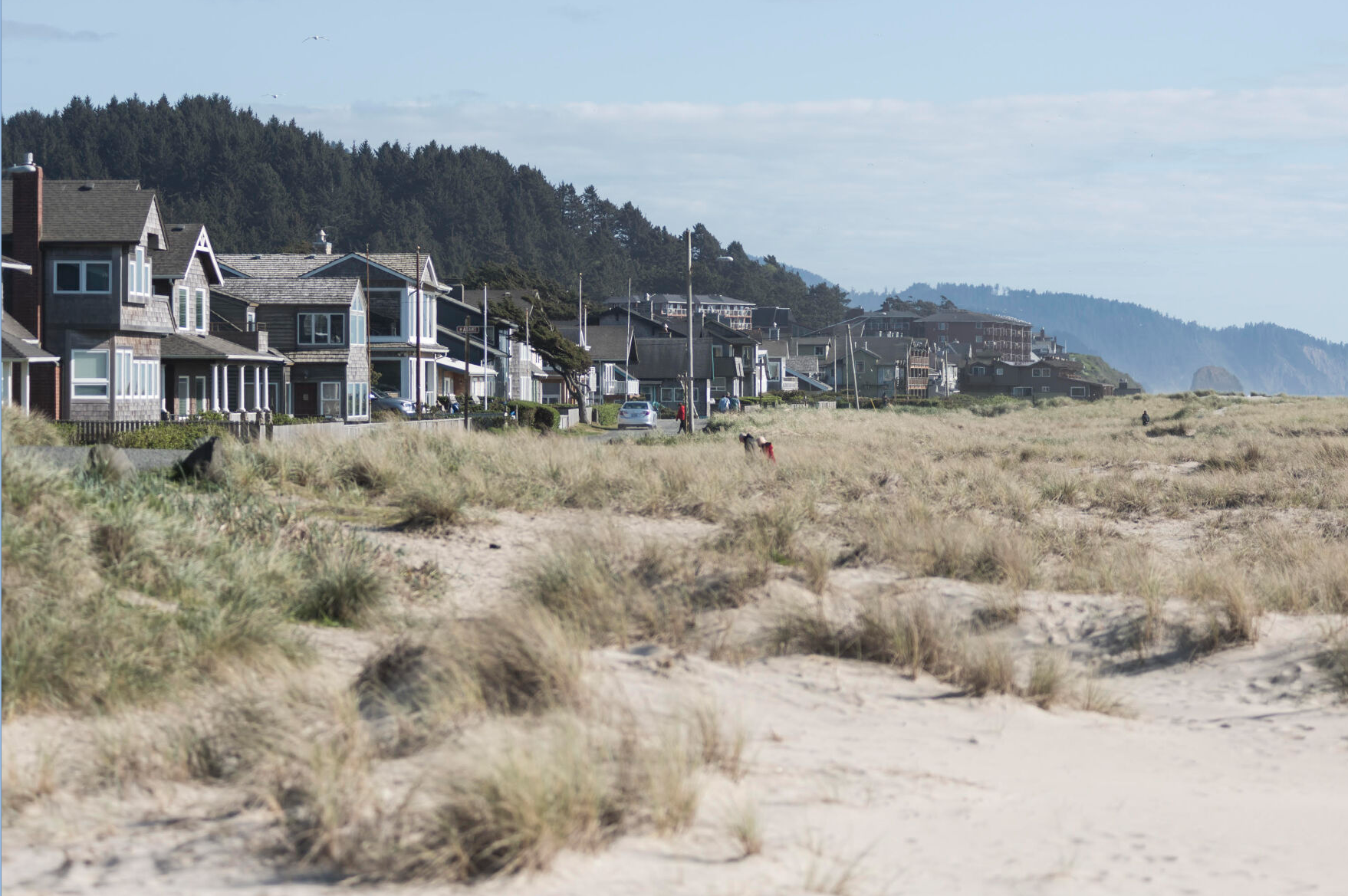Our View: ICE dodges legitimate questions
Published 12:30 am Saturday, November 20, 2021

- ICE jacket
A government agency that acts too highfalutin to provide citizens with straight answers is a risk to democracy. Independents, progressives and conservatives should all be united in fighting unjustified government secrecy.
Trending
A desire by some bureaucracies to hide their actions isn’t uncommon. However, from one presidential administration to the next, U.S. Immigration and Customs Enforcement shows a particularly dismissive disdain for citizen oversight. Its highhanded secrecy and unaccountability certainly plunged to new depths during President Donald Trump’s term, but it was far from adequate under President George W. Bush and President Barack Obama. It continues its haughty ways under President Joe Biden.
Too used to treating undocumented immigrants as things to be hunted, ICE appears to also think citizens are inconsequential, to the extent that it considers itself effectively beyond the reach of the Freedom of Information Act. This self-sabotage of its own credibility is doubly hurtful, since few Americans dispute the agency’s central importance in ensuring rational compliance with validly enacted immigration laws.
A notorious scofflaw when it comes to FOIA, ICE has faced numerous lawsuits on the subject, including one by the University of Washington. And in 2018, ICE and Cowlitz County took the unprecedented step of suing UW’s Center for Human Rights “for seeking the lawful release of information” about a program that detained undocumented youths.
Trending
This region’s close-up view of ICE activities is well known. In 2006, in an example predating Trump, other federal agencies assisted ICE in detaining 16 workers at a Chinook seafood plant. But things really came to a head in 2017, when ICE mounted a full-scale safari in Pacific County, Washington, in ways that garnered coverage in the Chinook Observer, Seattle Times, New York Times and BBC. These reports relied on interviews with affected immigrants — at least until ICE tactics intimidated them into silence. At the same time, the Chinook Observer sought details from ICE itself — efforts that were invariably ignored or addressed in only the most superficial ways.
On March 1, 2019, the Observer’s Alyssa Evans made a fresh effort via FOIA to pry information from the agency. It took ICE until October to respond, a lapse of more than 2 1/2 years. The request was simple: A list of all individuals arrested or detained by ICE within Pacific County since Jan. 1, 2008, what city they were arrested in, and the day and time they were arrested. In its egregiously delayed response, ICE declined to provide any of this information.
ICE cites various purported exceptions to the FOIA law to explain its decision, which the newspaper is appealing. One of these justifications seems at least nominally defensible, while others will strike most people as shallow and spurious.
Releasing detainees’ names, it claims, would be “a clearly unwarranted invasion of personal privacy.” Admittedly, having your name disclosed could embarrass an ICE detainee. But such delicacy isn’t an issue for federal and state prisons, or for county jails, where inmates’ names are openly available even before conviction. Any privacy right would seem to be counterbalanced by a detainee’s interest in not being confined and deported in secrecy. Having the names is essential in attempting to discover what became of detainees, locating family members, seeing whether detainees cycle in and out of custody and the country, and learning whether they have been convicted of non-immigration-related crimes.
ICE refuses to release the dates and times of arrests, alleging that doing so would compromise future immigration enforcement efforts by revealing “techniques and/or procedures” or “disclose guidelines for law enforcement investigations.” ICE claims “the techniques and procedures at issue are not well known to the public.” More understandably, it says it can’t break out an individual county’s arrests since they are lumped within the larger Seattle Office of Enforcement and Removal Operations, which apparently covers all of Washington state and Oregon.
It is difficult to see how learning apprehension dates and times would harm enforcement efforts, the patterns of which are well known within the immigrant community and by the wider public. Getting this information will tell all of us how the emphasis on local immigrants changes between presidential administrations, along with newsworthy insights about whether people are detained singly or in the course of larger raids that might sweep up many people.
Learning in which jurisdiction immigrants are arrested will provide an idea about where ICE expends its efforts, which appear to wax and wane with little obvious reason.
It would be an unfortunate exaggeration to claim, as some do, that ICE operates as a form of secret police with inadequate oversight inside U.S. borders. But it risks additional damage to its already tarnished reputation by legalistically dodging legitimate questions posed for valid newsgathering purposes.









